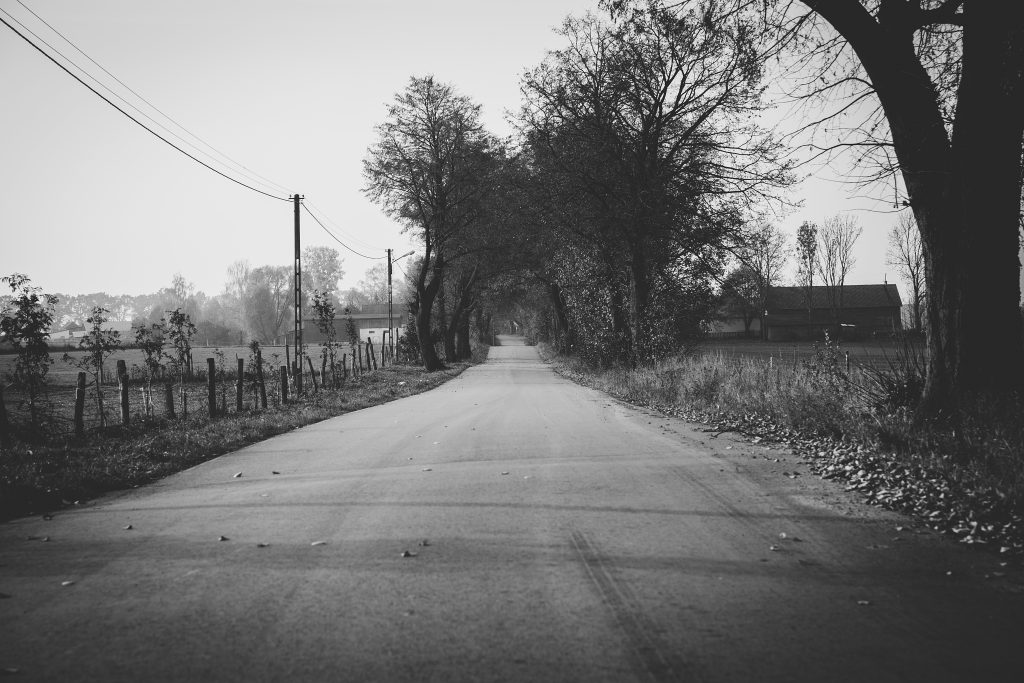Introduction:
Camping is a popular activity for many outdoor enthusiasts, and what better way to experience the great outdoors than by camping near historic sites? Combining the beauty of nature with the rich history of a particular location can make for a unique and memorable camping experience. However, there are some important things to know before embarking on a camping trip near a historic site. In this article, we will discuss the various factors to consider and tips to keep in mind when planning a camping trip near historic sites.
Section 1: Choosing the Right Campsite
The first step in camping near a historic site is to choose the right campsite. While there are many campsites located near historic sites, not all of them may be suitable for camping. Here are some factors to consider when choosing a campsite:
1.1 Location and Accessibility
It is essential to consider the location and accessibility of the campsite. Is it located near the historic site you want to visit? Is it easily accessible by car or do you have to hike to reach it? Keep in mind that some historic sites may have restrictions on camping, so make sure to check with the site beforehand.
1.2 Amenities
Another crucial factor to consider is the amenities available at the campsite. Do they have clean and functional bathrooms? Is there access to potable water? Are there picnic tables or fire pits? These amenities can make your camping experience more comfortable and enjoyable.
1.3 Campsite Regulations
Before booking a campsite, make sure to check the regulations and rules of the campsite. Some campsites may have restrictions on campfires, alcohol, or pets. It is essential to be aware of these rules to avoid any inconvenience during your camping trip.
Section 2: Preparing for Your Trip
Once you have chosen the perfect campsite, it is time to prepare for your trip. Here are some essential things to keep in mind:
2.1 Research the Historic Site
Before your trip, research the historic site you plan to visit. Learn about its history, significance, and any special events or guided tours that may be available. This will not only enhance your camping experience but also give you a better appreciation of the site.
2.2 Pack Appropriately
It is crucial to pack appropriately for your camping trip near a historic site. Depending on the location and weather, you may need to bring camping gear such as a tent, sleeping bags, and cooking supplies. It is also advisable to bring comfortable walking shoes and appropriate clothing for exploring the historic site.
2.3 Bring a First Aid Kit
Accidents can happen, so it is important to bring a first aid kit with you. This should include items such as bandages, antiseptic, pain relievers, and any necessary medication. It is also a good idea to have a map of the area and emergency contact numbers in case of any emergencies.
Section 3: Camping Etiquette
When camping near a historic site, it is essential to be respectful of the site and other campers. Here are some tips on proper camping etiquette:
3.1 Leave No Trace
When camping near a historic site, it is crucial to leave no trace behind. This means picking up after yourself, properly disposing of trash, and not damaging any natural or historic features. Remember, you are a guest in this natural and historic environment, so it is your responsibility to preserve and protect it.
 3.2 Keep Noise to a Minimum
3.2 Keep Noise to a Minimum
Camping near historic sites often means being surrounded by nature, and it is vital to keep noise levels to a minimum. This will not only allow you to hear the sounds of nature but also respect the peace and tranquility of the historic site.
3.3 Respect Quiet Hours
Most campsites have designated quiet hours when all campers are expected to keep noise levels low. It is important to respect these quiet hours, especially when camping near historic sites. This will allow other campers to fully enjoy their experience and not disturb the peace and quiet of the site.
Section 4: Exploring the Historic Site
One of the main reasons for camping near a historic site is to explore and learn about its history. Here are some tips for exploring the site:
4.1 Take Guided Tours
Many historic sites offer guided tours, which are a great way to learn about the site’s history and significance. These tours are usually led by knowledgeable guides who can provide interesting insights and answer any questions you may have.
4.2 Be Respectful
When exploring a historic site, it is important to be respectful and follow any rules or guidelines set by the site. This may include not touching any artifacts, staying on designated paths, and not disturbing any wildlife.
4.3 Take Photos Sensibly
It is understandable to want to capture memories of your camping trip near a historic site, but it is important to do so sensibly. Avoid taking photos of any sensitive areas or artifacts, and be mindful of other visitors who may not want to be in your photos.
Conclusion:
Camping near historic sites can be a rewarding and enriching experience, but it is crucial to be well-prepared and respectful of the site and its surroundings. By choosing the right campsite, preparing appropriately, practicing proper camping etiquette, and exploring the site respectfully, you can have a memorable and enjoyable camping trip near a historic site. So pack your bags, grab your camping gear, and get ready for an adventure travel itineraries for thrill seekers that combines the wonders of nature with the richness of history.
Comments are closed